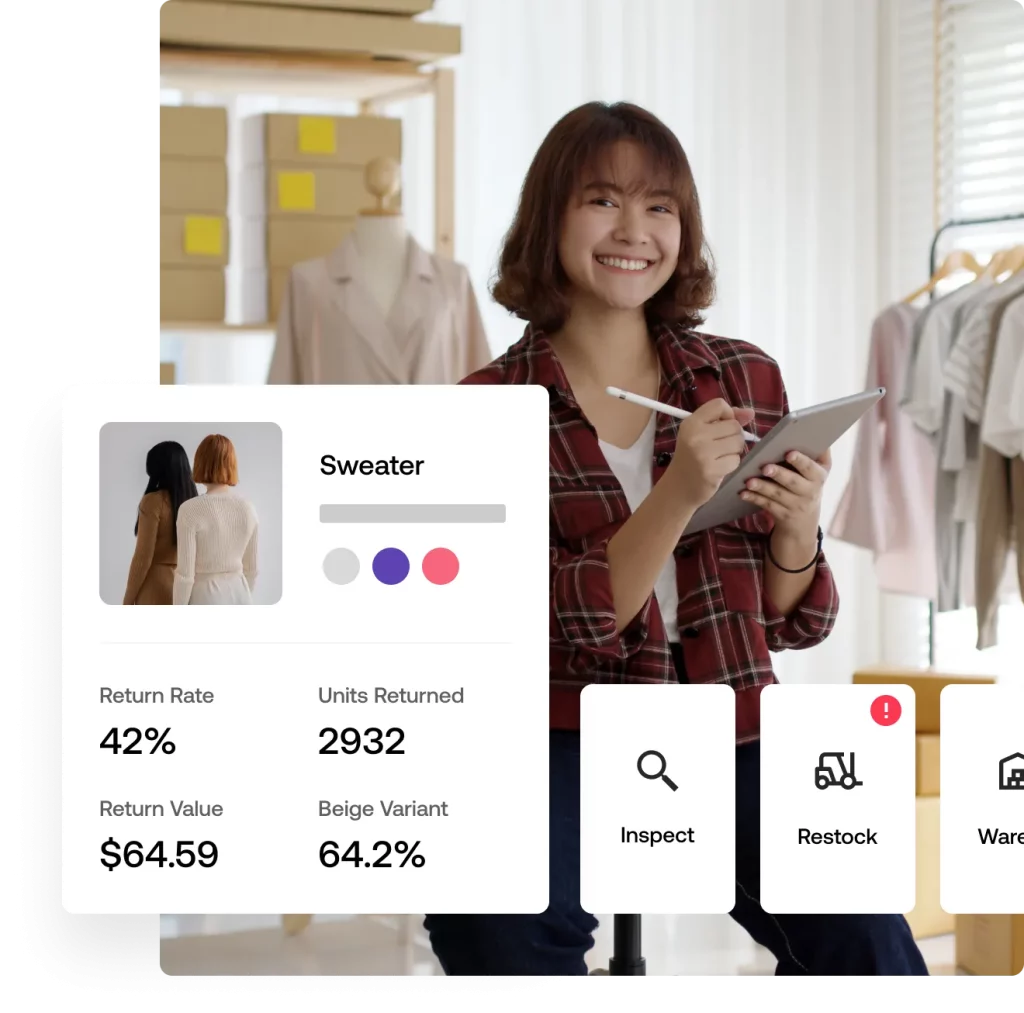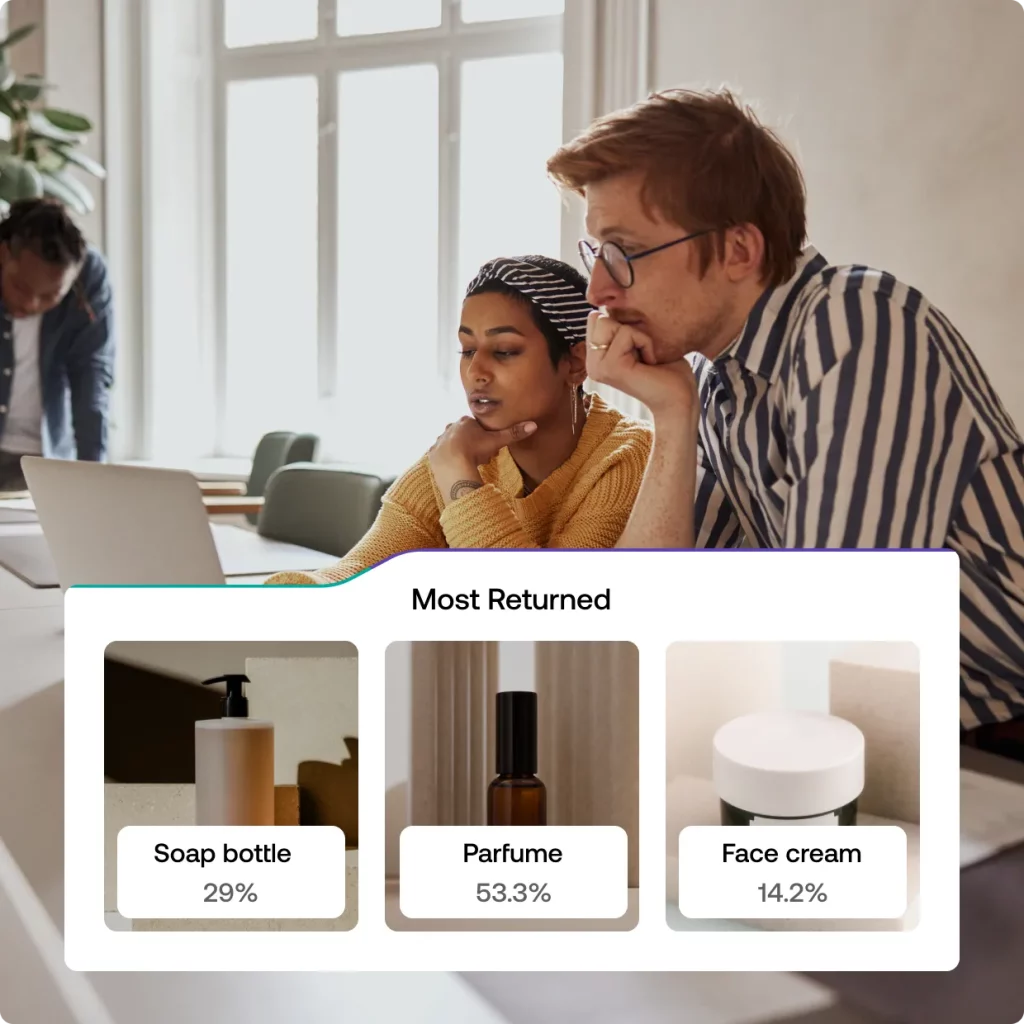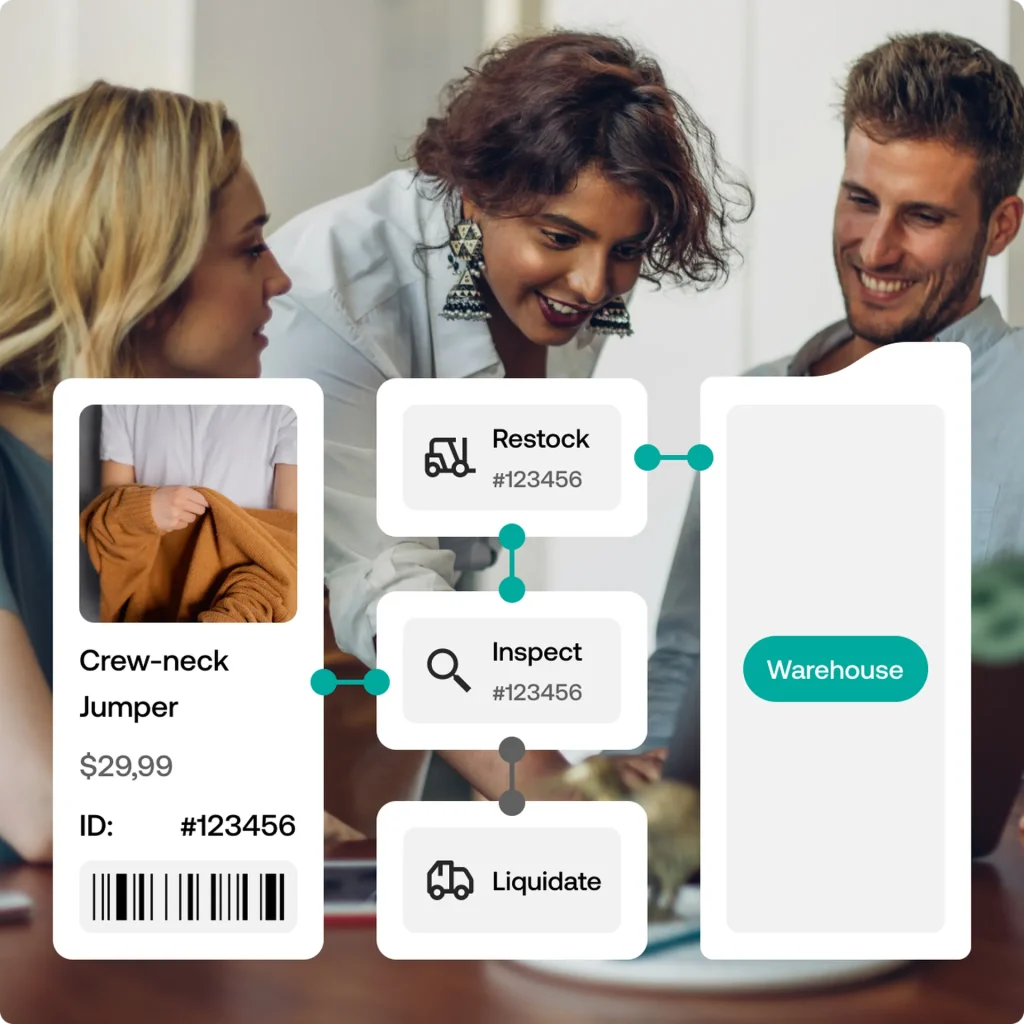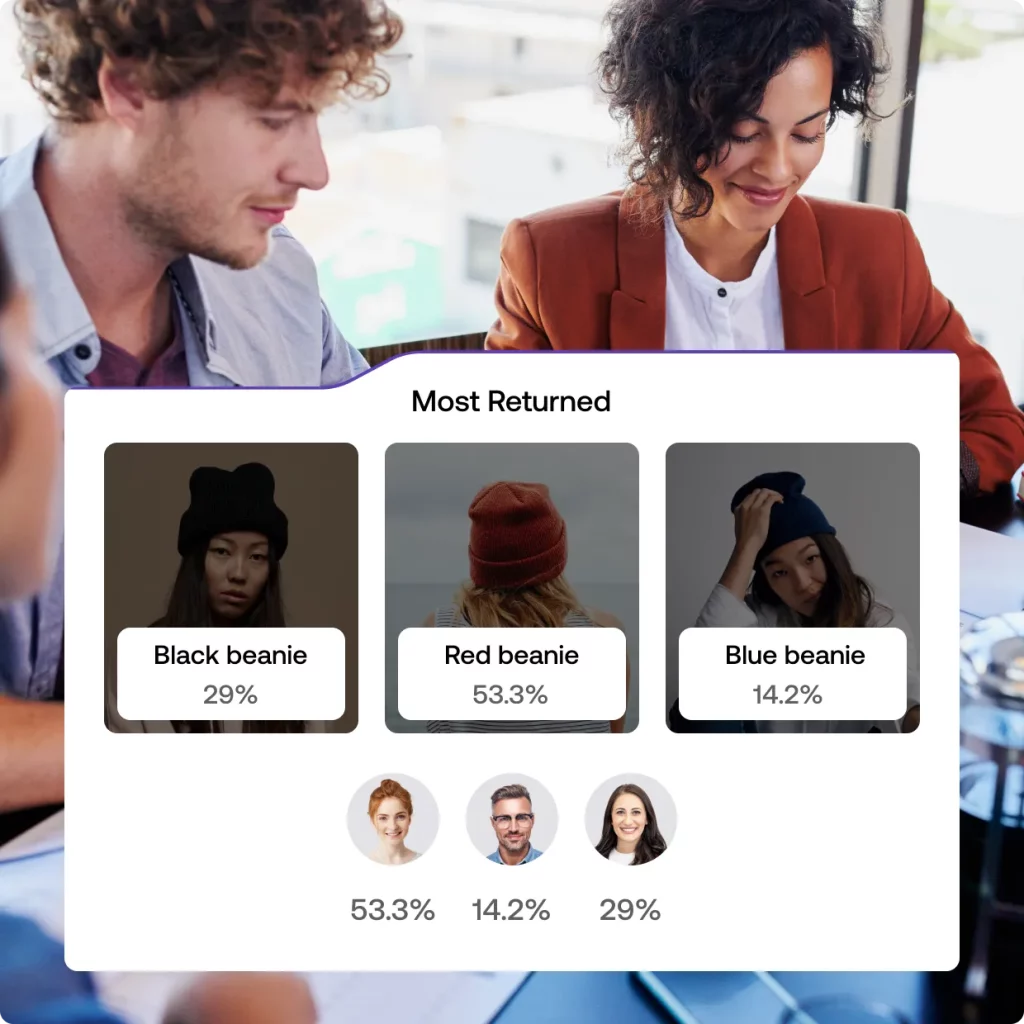It’s Time to Transform How We Look at Returns

Over the past few years, the way retailers handle returns has evolved.
With 1 out of every 5 online sales turning into a return, retailers were forced to adapt to keep up with the pandemic ecommerce boom.
With that sales boom came innovation – especially around returns – and retailers scaled to new heights.
Things like branded return centers, automatically generated return labels, exchange incentives, in-store returns, printerless returns, etc. All these advancements made returns easier for shoppers.
Easier returns for shoppers led to improved retention, an uptick in average order value, and increased customer lifetime value. In short, the hyper-focus on the shopper post-purchase experience helped retailers scale to new heights.
However, the world has changed.
That ecommerce boom has come and gone, and now, retailers are left scrambling trying to find ways to be profitable.
Making returns easy for shoppers is now the standard, but retailers need more.
Retailers need a way to make returns easy for THEMSELVES and for their teams. Retailers need a way to stay profitable, regardless of the economic climate. Retailers need a future-proof way to manage returns.
Retailers need new innovations to stay competitive. It’s time to change the conversation and core assumptions around returns.
It’s time for retailers to transform the way they manage returns and adopt returns optimization.

Why Should Retailers Focus on Returns Optimization?
Over the years, with all the focus on the shopper experience, retailers picked up practices that may or may not have been profitable for them. Free return shipping, giving discounts for exchanges, or giving shoppers gift cards to upsell during the return process all can be good ideas – in a good economy.
But focusing so sharply on the shoppers’ post-purchase experience has drawn attention away from solving a huge piece of the returns puzzle – and that’s operational efficiency.
If retailers can’t find harmony between the shopper experience and operational efficiency, growth is bound to plateau.
Enter returns optimization.
Returns Optimization – continuous improvement strategies that use returns data to improve the shopper experience, improve operational efficiency, and grow retail profits.
Returns optimization focuses on iterative improvements to how retailers manage returns. Put another way, returns optimization focuses on the retailer experience and making returns easier and easier for teams to manage.
Returns Optimization for Teams
The average return has 10 different touchpoints. All of those touchpoints involve different teams. From customer support, to the warehouse and operations teams, all the way to management and executives. So, how do each of these teams benefit from returns optimization?
Let’s dig in.

Returns Optimization for Customer Support Teams
Customer support teams’ most valuable asset is time. With returns optimization, customer support teams can automate and fly through their tasks, cut down on emails, close out tickets faster, and prioritize which customers to focus on.
So what does that look like?
Customer support teams see a new return initiated. From there, they have the comfort of knowing that the shopper has done the heavy lifting on their own. The shopper goes through their return center, chooses the item(s) to return, submits the return, and automatically receives a return label or QR code – all without talking to a support rep once.
Returns optimization doesn’t just help customer support teams, it helps warehouse and operations teams stay on top of inventory, dispositions, and shipping.
Returns Optimization for Warehouse and Operations Teams
Warehouse and operations teams want visibility. With returns optimization, warehouse and operations teams can track dispositions, stay on top of inventory levels, and know the status of every return.
So what does that look like?
Warehouse and operations teams see a return come back to the warehouse. They scan the barcode of the package, open the package, and mark the disposition. From there, they’re able to see notes on the RMA and can decide what to do with the returned item. That way, warehouse and operations teams know the status, location, and condition of each return, helping them process returns faster and be more efficient for shoppers.
When warehouse/operations teams and customer support teams are all on the same page, management and executive teams can see which levers to pull to be more profitable.

Returns Optimization for Management and Executives
Managers and executives want to know where they can protect their profits and margins. With returns optimization, managers and executives can finally unify their returns data to create the most profitable return policy – they can even laser in on who their most profitable shoppers are.
So what does that look like?
Instead of just asking ‘what were my sales yesterday?’, management and executive teams also begin to ask ‘what were my returns yesterday?’. That way, they get the full picture of what’s going right and what’s going wrong with their shop. By unifying sales and returns data, management and executives know where to focus their attention to gain the most profits.
It’s one thing to talk about returns data, but what does it look like to apply returns data?
How do Retailers Apply Returns Optimization?
Let’s walk through an example.
Let’s say a brand drops a new Fall line and notices an item has a high return rate – around 45%. After digging into the returns data, return reasons and return comments, the retailer figures out that the sizing from last year’s Fall line is not quite the same as this year. Not ideal, but now the retailer has a root cause analysis based on actionable data.
Based on these findings, the retailer has pinpointed the corrective actions needed:
- Improve the Product Page
The retailer can take new product photos, improve their sizing guide, and add their return policy for the item to the product page. Overall, improving their product description page.
- Review Product Sourcing
The retailer can connect with their manufacturer and see if there are any improvements that can be made to the material or to see what changes were made in the manufacturing process from last year’s line to the current year.
- Update Ad Spend
The retailer can lower the ad spend on that item and reallocate those funds to items that are selling well and that have lower return rates.
- Monitor Team Response
The retailer can monitor how fast their team processes returns for the item to make sure they’re correcting the customer problem as quickly as possible.
- Evaluate Return Rate Results
The retailer can then keep a close eye on returns for that item and check back to see how their improvements have impacted the return rate over time.
The only way to fix a problem is to know why it exists – product returns data can tell you that, and more.

Getting Started
Returns optimization isn’t just about features and data – it’s a strategy. Giving shoppers discounts to choose an exchange over a refund is a tactic. Giving shoppers gift cards to encourage exchanges is a tactic. Tactics are useful, but they aren’t more important than a sound strategy.
With returns optimization, retailers get to the root of their problems and learn how to fix them.
Once retailers can solve their underlying returns challenges, they set themselves up for success and growth.
Get started with returns optimization today!





